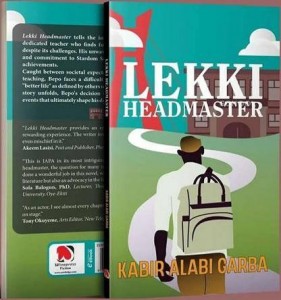Neco

BIOLOGY PRACTICAL ANSWERS
(1a)
Specimen A: Land snail
Specimen B: Toad
Specimen C: Spider
Specimen D: Crayfish
(1aii)
(i) Shells are used as source of calcium for animal feeds.
(ii) Its also serve as a source of animal protein for man.
(1aiii)
TABULATE
=SPECIMEN A=
(i)They have a soft, slimy body with a coiled shell on their back.
(ii) They move by using a muscular foot that glides over a layer of slime they produce.
=SPECIMEN B=
(i)They do not have a shell, but their skin is thick and covered in warts or bumps.
(ii)They have muscular hind legs designed for hopping
(1aiv)
(i) It allows researchers and ecologists to understand its role in the ecosystem
(ii) It aids in conservation efforts and wildlife management.
(1av)
(i) Webbed Feet
(ii) Large Muscular Thighs
(1bi)
(i) Specimen B (Toad): Amphibia
(ii) Specimen C (Spider): Arachnida
(iii) Specimen D (Crayfish): Malacostraca
(1bii)
(i) Eight legs
(ii) Multiple eyes
(1biii)

(1biv)
(i) Camouflaged exoskeleton
(ii) Paddle-like appendages
(iii) Sensory adaptations
(2ai)
E: Spirogyra filaments.
F: Mucor/Rhizopus.
G: Groundnut seedling (A week old).
H: Maize seedling (A week old).
I: Microscope.
J: Slide (plain).
(2aii)
E habitat: Freshwater.
F habitat: Damp and decaying organic matter.
(2aiii)
E mode of nutrition: Autotrophic (photosynthesis).
F mode of nutrition: Saprophytic (absorbing nutrients from dead organic matter).
(2aiv)
One reason for classifying E in
(i)is its habitat in freshwater.
(2b)
Mount E and F separately on J and use I to observe the setup.
(2bi)
Observable features of E:
(i) Green coloration.
(ii) Long, filamentous structure.
(iii) Presence of chloroplasts.
Observable features of F:
(i) Fuzzy, cotton-like appearance.
(ii) Rapid growth and spreading.
(iii) Formation of sporangia.
The observed color of E is green, and its role in life is photosynthesis.
(i)Colour: Green
(ii) Role: Photosynthesis
(2ci)
(i)Class of G: Angiospermae (Dicotyledonae).
(ii)Class of H: Angiospermae (Monocotyledonae).
(2cii)
(i) Specimen G: Groundnut seedling (A week old) : Hypogeal Germination
(ii) Specimen H: Maize seedling (A week old) : Epigeal Germination
(2ciii)
(i) Specimen G: Groundnut seedling (A week old): Reticulate venation
(ii) Specimen H: Maize seedling (A week old): Parallel Venation
(3)
(3ai)
– Specimen K: Pigeon
– Specimen L: Agama Lizard
– Specimen M: Rat
– Specimen N: Tilapia
(3aii)
(i) Snout
(ii) Eyes
(iii) Ear
(iv) Throat Fan (Dewlap)
(3bi)
(i)Flight Adaptations: Pigeons have several adaptive features that allow them to excel in aerial life.
(ii)Wings: Pigeons have strong and well-developed wings with feathers that provide lift and control during flight.
(iii)Keen Vision: Pigeons have excellent eyesight, adapted for spotting distant objects and navigating over vast areas.
(iv)Homing Instinct: Pigeons possess a remarkable homing ability, enabling them to navigate and find their way back to their nests or designated locations over long distances.
(v)Crop Milk Production: Pigeons have a unique adaptation known as crop milk production.
(3bii)
TABULATE
=SPECIMEN K=
(i) Streamlined body shape
(ii) Possession of feathers
=SPECIMEN L=
(i) elongated body shape
(ii) Possession of scales
(3ci)
(i) Wings
(ii) Beak/Mouth Structure:
(3cii)

Completed!.
RECOMMENDED TOPICS
- JAMB 2025 UTME/DE registration document – step-by-step on how to apply for UTME and DE

- JAMB postpones 2025 UTME Registration to February 3rd

- JAMB Officially Announces 2025 UTME Registration, Exam, Mock Dates, Cost and Important Details

- The official reading novel for Jamb 2025 is Lekki Headmaster

- Subjects for Computer Science in JAMB for Guaranteed Success


